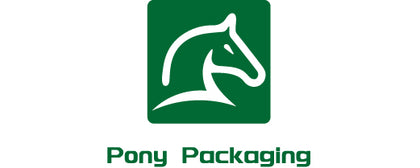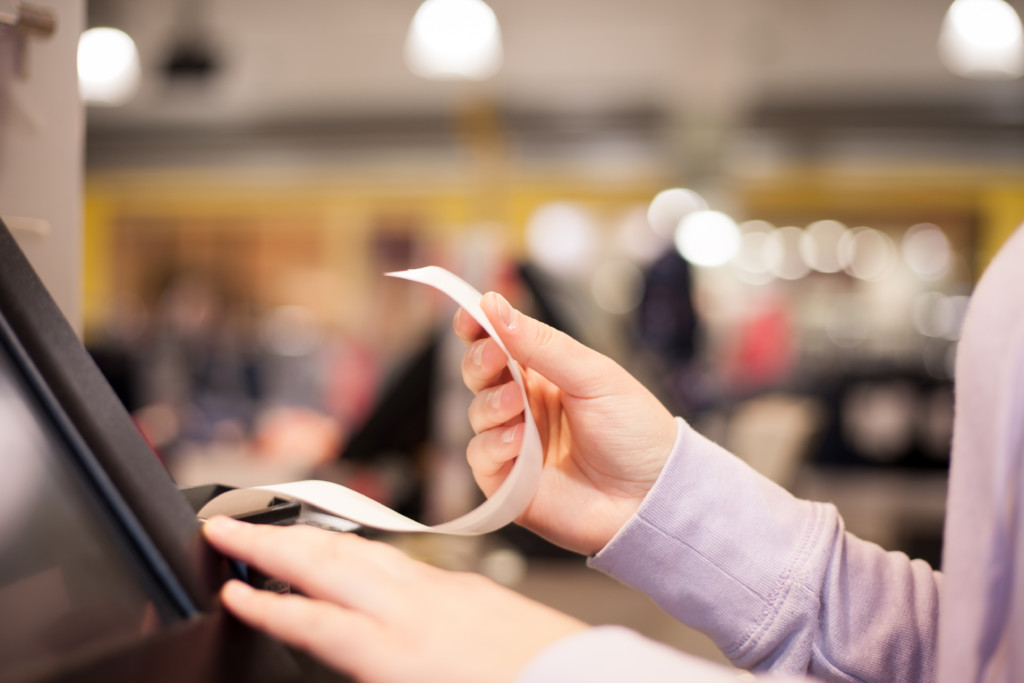What Size Paper Roll Do I Need For My Clover Flex?
Introduction
If you've invested in the Clover Flex for your business's point-of-sale (POS) needs, it's crucial to pair it with the correct paper rolls. This article guides you through the importance of using the right size, where to find them, and how to choose the best ones for optimal performance.
1. Understanding Clover Receipt Paper Size: To ensure your Clover Flex functions smoothly, it's essential to know the correct paper size. Unlike other Clover terminals, the Clover Flex requires 2 1/4" x 85' BPA-Free Thermal Receipt Paper Rolls. This difference is due to its smaller and more compact printer.
2. The Impact of Incorrect Clover Pos Receipt Paper Size: Using the wrong paper size can lead to various issues, including paper jams, shortages, and compromised print quality. Addressing these problems promptly is crucial to maintaining a seamless point-of-sale experience for both you and your customers.
3. Where to Find Clover Flex Clover Thermal Paper Rolls: Discovering the right paper rolls for your Clover Flex is as important as using them. While several online platforms and local stores offer these rolls, it's essential to prioritize quality over cost. Need reliable thermal paper for your business operation? We offer you premium 2 1/4" x 85' Thermal Receipt Paper, specifically designed to meet your printing needs. As your trusted partner, we are committed to providing you with a superior printing experience that will enhance your business efficiency and image.
4. Factors to Consider When Choosing Paper Rolls: If you opt to buy paper rolls from other sources, ensure they meet the Clover Flex paper size requirement and quality standards. Consider factors like size, material, coating, and BPA content. These factors play a significant role in ensuring smooth printing and longevity of your receipts.
5. Key Considerations for Paper Rolls:
- Size: Stick to the ideal dimensions of 2.25 inches wide by 85 feet long to fit the Clover Flex printer slot perfectly.
- Material: Choose thermal paper for its convenience and cost-effectiveness compared to other paper types.
- Coating: Prioritize high-quality coating to protect against moisture, oil, and other contaminants for clear and durable receipts.
- BPA Content: Ensure the chosen paper rolls are BPA-free thermal paper to avoid potential health hazards associated with thermal paper.
Conclusion:
In conclusion, using the right paper rolls is essential for maximizing the efficiency of your Clover Flex. Whether you choose to buy from the official Clover website or other sources, prioritize the correct size, thermal material, quality coating, and BPA-free certification. This ensures that your Clover Flex delivers clear, durable, and compliant receipts, ultimately benefiting both your customers and your business.









